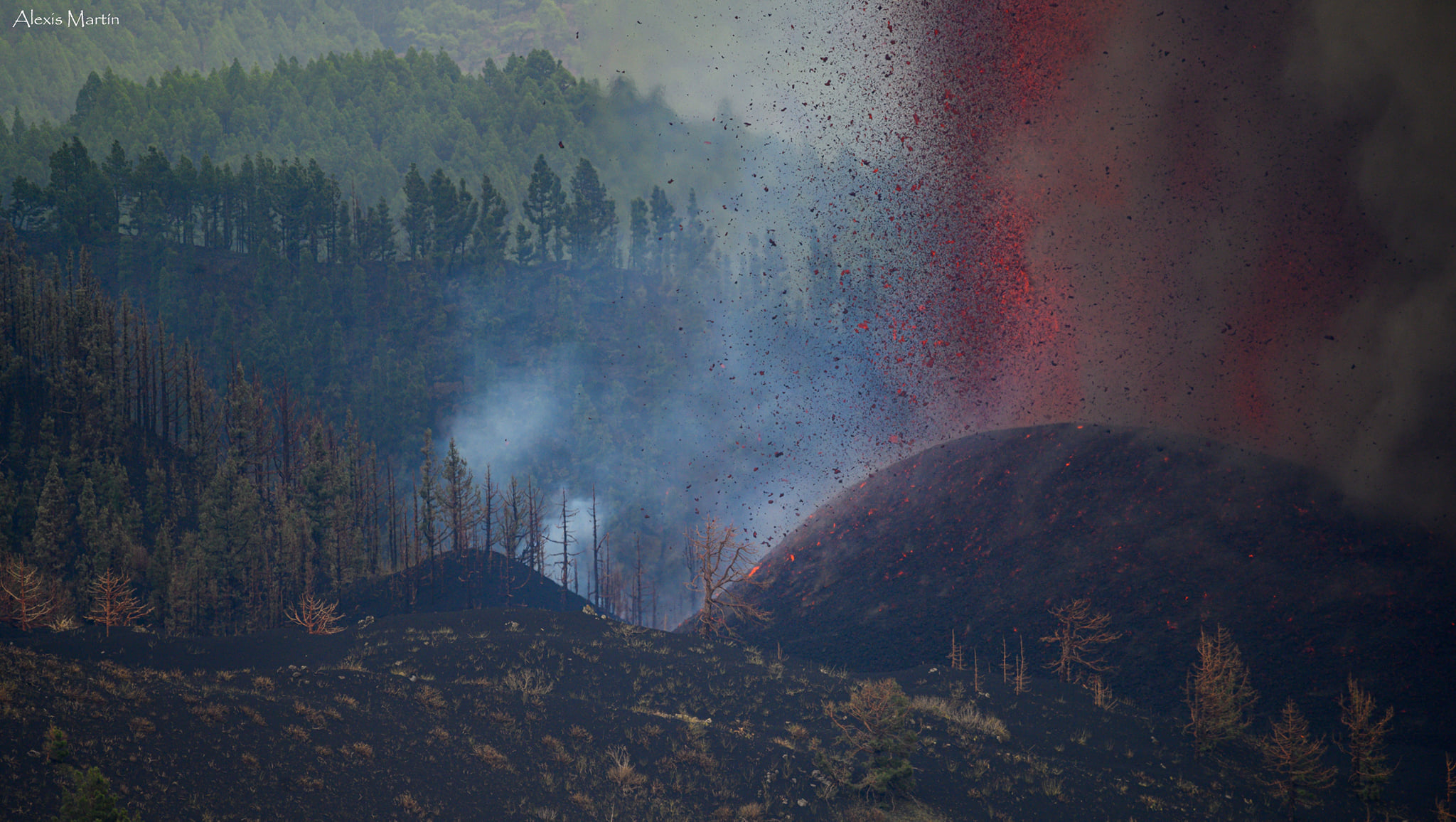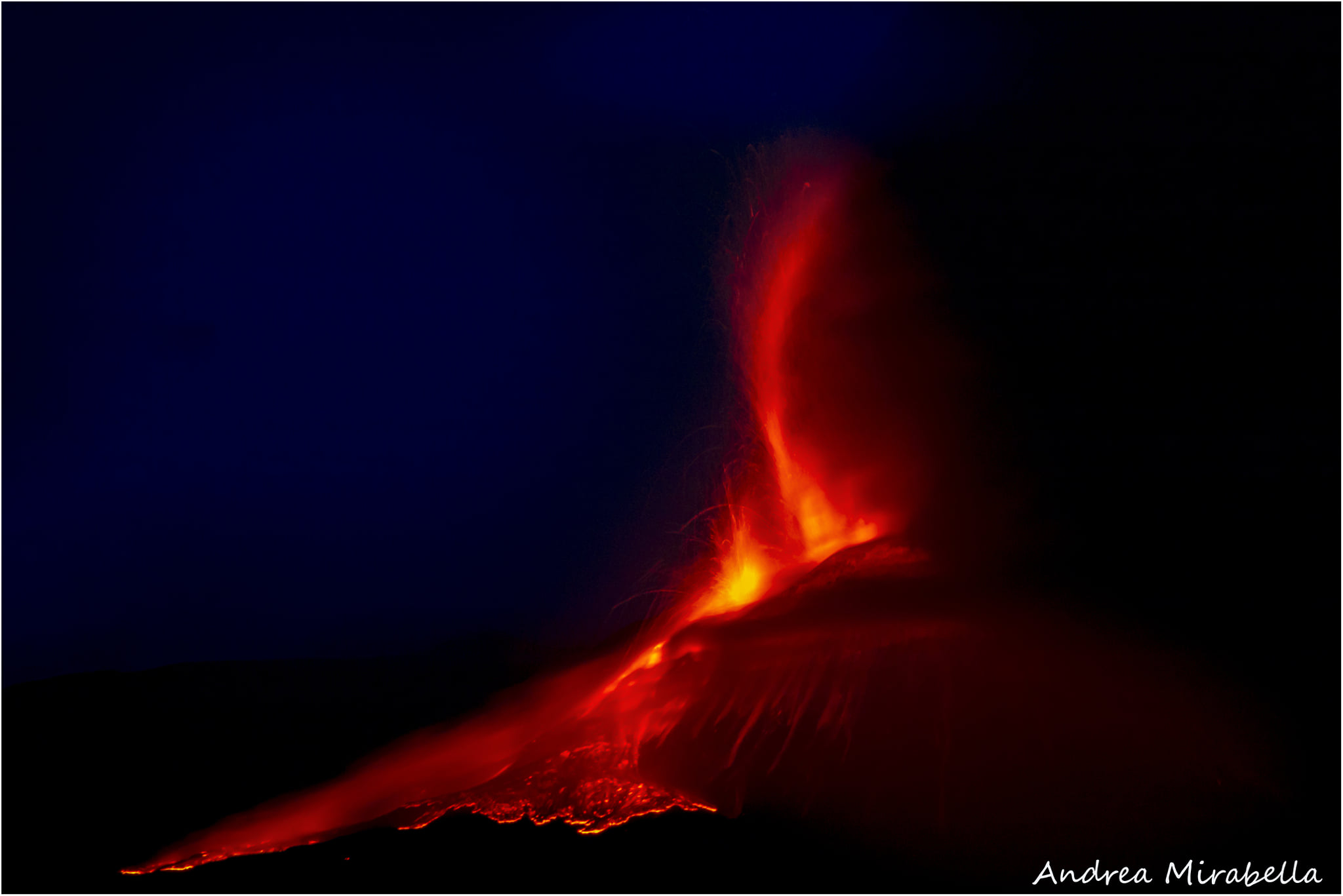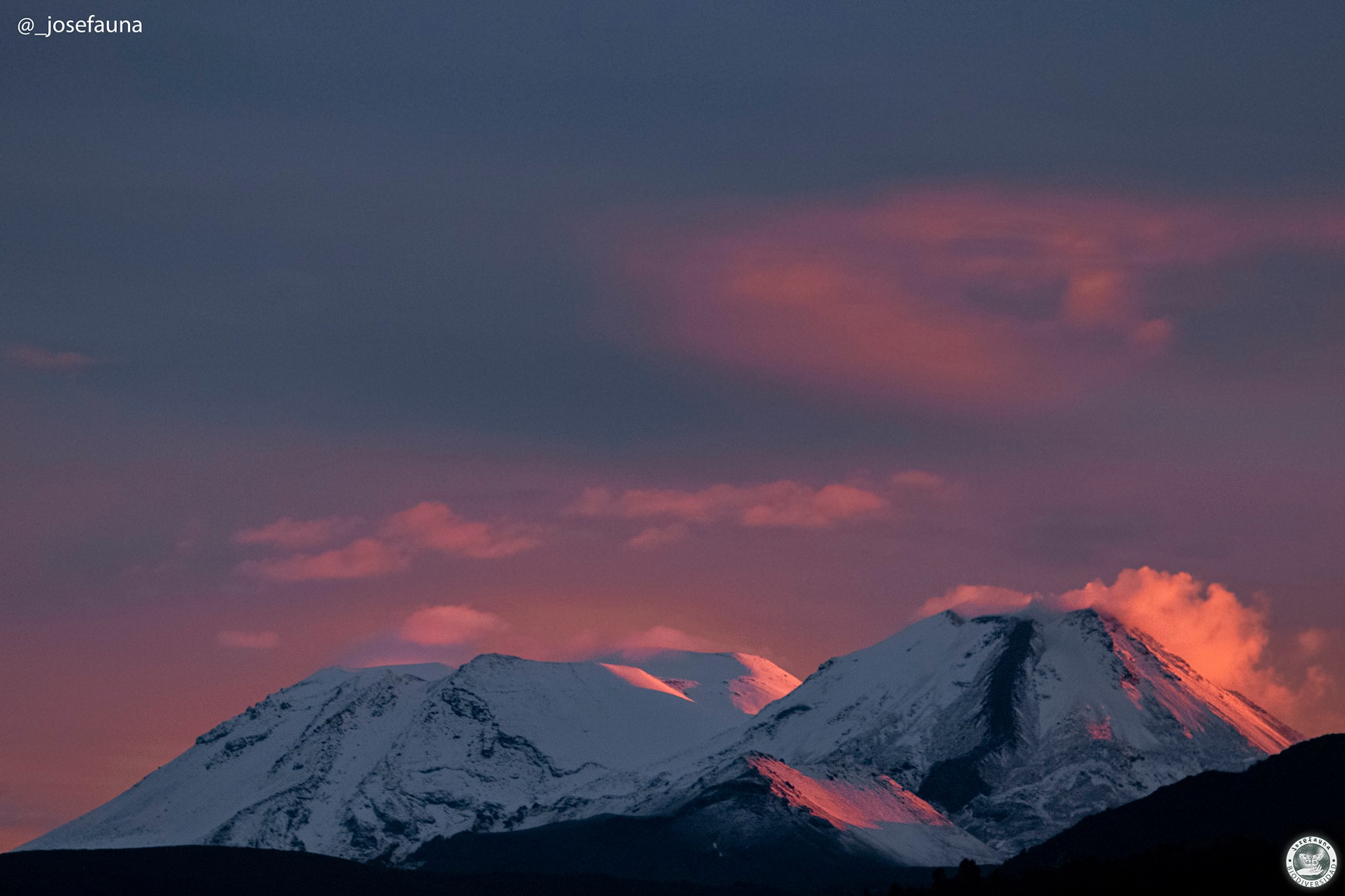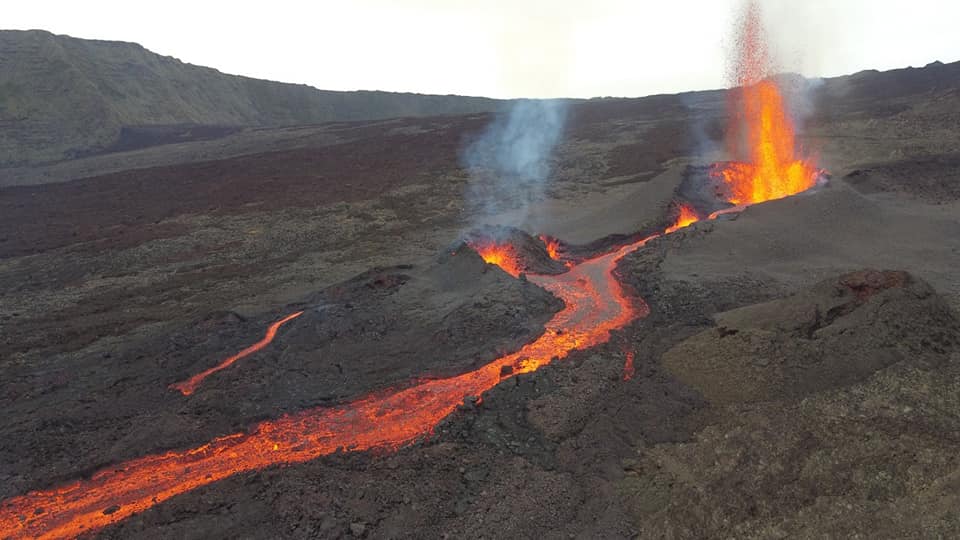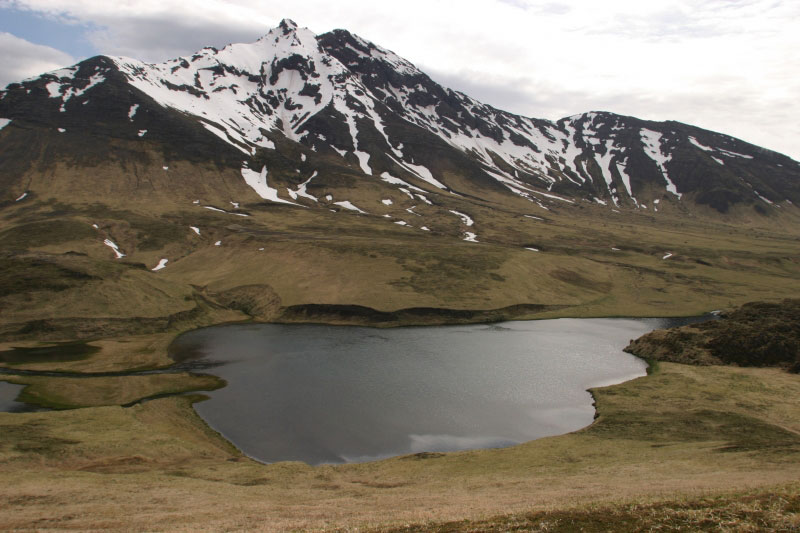October 27, 2021. EN. Spain / La Palma : Cumbre Vieja , Indonesia : Ili Lewotolok , Chile / Argentina : Nevados de Chillan , Italy : Stromboli , Italy : Vulcano .
October 27 , 2021. Spain / La Palma , Cumbre Vieja : October 26, 2021, 08:00 UTC. Eruptive activity continues on La Palma. Since the last declaration, 184…


